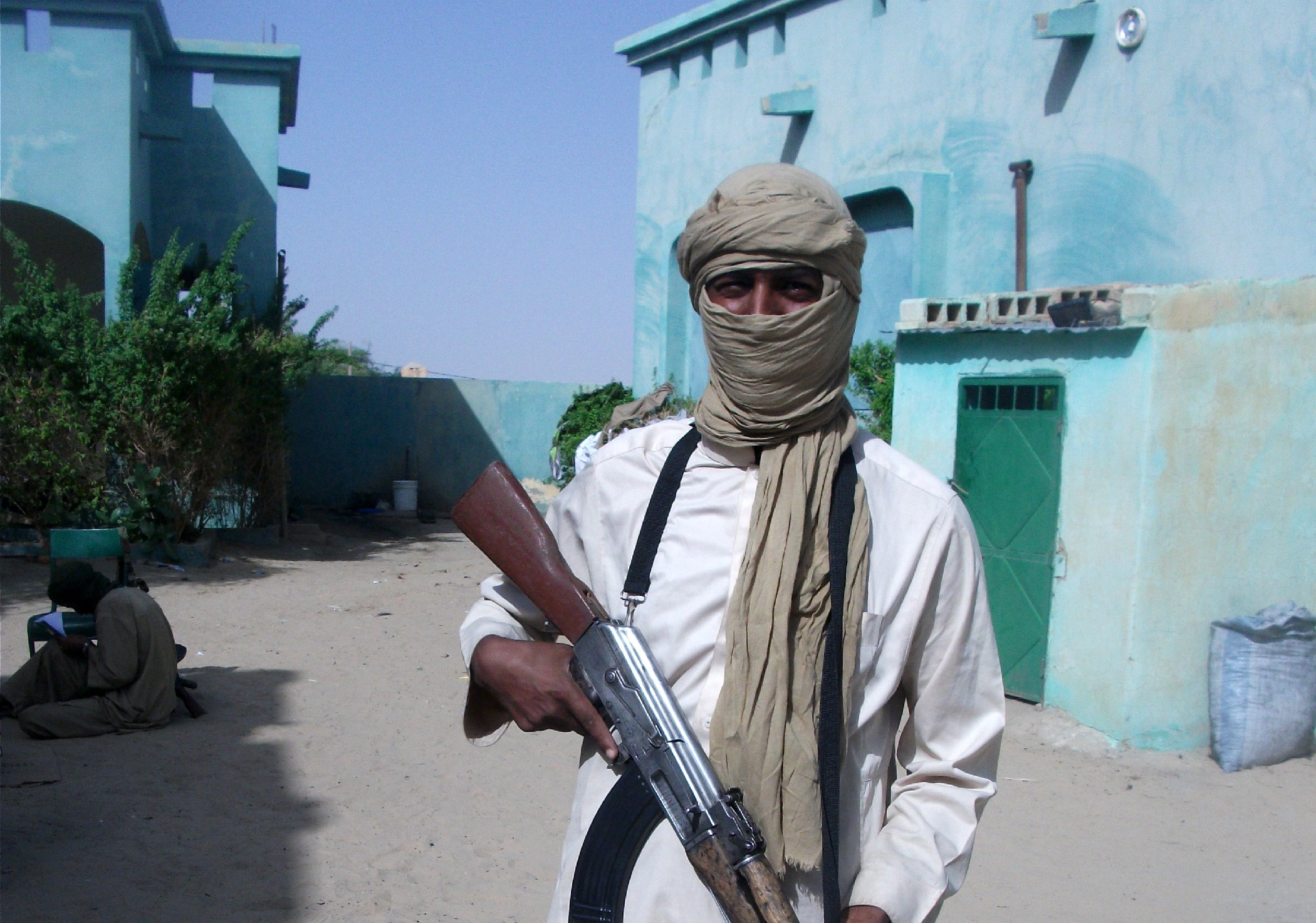Shaheda’s lifeline
“It’s harder for cows to survive than men, and it’s difficult to manage food for cows than for ourselves,” said Shaheda Begum, a cattle farmer in Ujan Gobindo Char, Gaibandha District, Bangladesh. Shaheda has endured several monsoon floods in her lifetime, often receiving early warning signals about the rising waters. She always prioritizes her cattle’s survival over her own.
As the July 2024 rains began, she anticipated a similar situation. The stagnant waters remained for weeks, cutting off communities and stalling traditional relief efforts. As she prepared for the worst, Shaheda focused on keeping her cattle alive rather than on her own needs.
But there was hope for Shaheda. With assistance from the Food and Agriculture Organization (FAO), in partnership with the Government’s Department of Livestock Services, she received 50 kg of cattle feed and a water-sealable silo drum, which secured her family’s future.
“If I give this food to my cows, they will be healthy and I can sell them at a higher price,” she explained.

Supporting Shurjo
Shurjo also benefited from anticipatory action. Before the water levels peaked, she received early warning messages and 5,000 BDT (US$41) from the World Food Programme. Across districts like Bogura, Gaibandha, Jamalpur, Kurigram and Sirajganj, 75,000 families received mobile cash transfers that empowered them to prepare for the impending disaster.
With this anticipatory support, Shurjo secured two weeks’ worth of food. She stored her valuables in a safe place and bought a portable stove. As the Jamuna River swelled above the danger line, it flooded entire villages. This early aid was crucial. Stagnant floodwaters had cut off people’s access to post-disaster relief for weeks.

Also See: Bangladesh Battles Waterborne Diseases After Floods
Impact of anticipatory action
Anticipatory action is an effective and efficient tool in a world increasingly battered by climate change-induced extreme weather. Specifically, it involves implementing pre-planned measures with pre-arranged funding to prevent or mitigate a disaster. Moreover, as floods, storms, and droughts become more frequent and severe, anticipatory action harnesses the power of early warning systems to protect vulnerable communities ahead of disaster. As a result, it helps reduce the need for emergency humanitarian response.
The benefits are compelling. In fact, according to FAO, every dollar invested resulted in up to sevenfold returns through avoided disaster impacts and improved local food production. Furthermore, these returns underscore the need to incorporate anticipatory action into disaster risk management strategies. This includes its integration as part of the UN Secretary-General’s global Early Warning for All initiative, which aims to enhance predictive capabilities and ensure timely responses.
Bangladesh’s journey
Recognizing anticipatory action’s critical role, OCHA is spearheading the development of coordinated anticipatory action frameworks in several countries. Moreover, the OCHA-managed Central Emergency Response Fund (CERF), known for its rapid and efficient disbursement of pre-arranged financing, is the leading global humanitarian funding tool for anticipatory action. This is particularly crucial ahead of disease outbreaks and climate-related shocks.
These shocks affect countries differently. For example, Bangladesh is one of the countries most vulnerable to extreme weather events, frequently experiencing floods, cyclones and storm surges due to its numerous river basins and low-lying coastal areas.
Bangladesh has been a frontrunner on acting ahead of disasters for nearly a decade. In 2020, it was one of the first to implement flood-related anticipatory measures using CERF funds. An impact evaluation of the activation provided strong evidence that recipients of anticipatory action were more likely to evacuate their families and livestock and suffer fewer asset losses. As a result, anticipatory action in Bangladesh now also covers cyclones and other geographic regions.
These long-term efforts led to the 2024 activation ahead of floods, an unprecedented success story, as detailed by Shaheda and Shurjo.
Record-breaking activation
On 4 July 2024, CERF allocated $6.2 million within just 16 minutes of early warning flood alerts. This quickly complemented $2.3 million from partners. Together, the UN, the Bangladesh Red Crescent Society, the Government, and others reached about 430,000 people with assistance. They were able to deliver aid within five days of the warning, ahead of peak monsoon flood impacts in the Jamuna River basin. As a result, the affected people received multipurpose cash transfers, water purification supplies, agricultural support, dignity and baby kits, and information services on gender-based violence.
Anticipatory action’s benefits extend beyond immediate disaster response; they empower aid organizations to be more proactive, make quicker decisions and ensure people receive aid faster.
Current challenges
Despite its success, anticipatory action faces challenges such as integration in national plans. More new, flexible and innovative funding sources are required to scale the approach. investments in preparedness costs will ensure anticipatory action can be sustained and expanded. New investments in pooled funds are also critical to scale-up anticipatory action, including by replenishing CERF.
“Anticipatory action represents a powerful tool in the fight against climate change-induced disasters. It supports adaptation,” said Daniel Pfister, OCHA Senior Humanitarian Affairs Officer. “By investing in anticipatory action, we can protect vulnerable populations. We can also reduce economic losses and create a more resilient, proactive global community.”
This news is sourced from UNOCHA and is intended for informational purposes only.

![Discover how communities in Bangladesh endure floods, relying on early warnings and anticipatory action for survival. [UNOCHA]](https://southasiatimes.org/wp-content/uploads/2024/11/UNI609110.jpg.webp)




